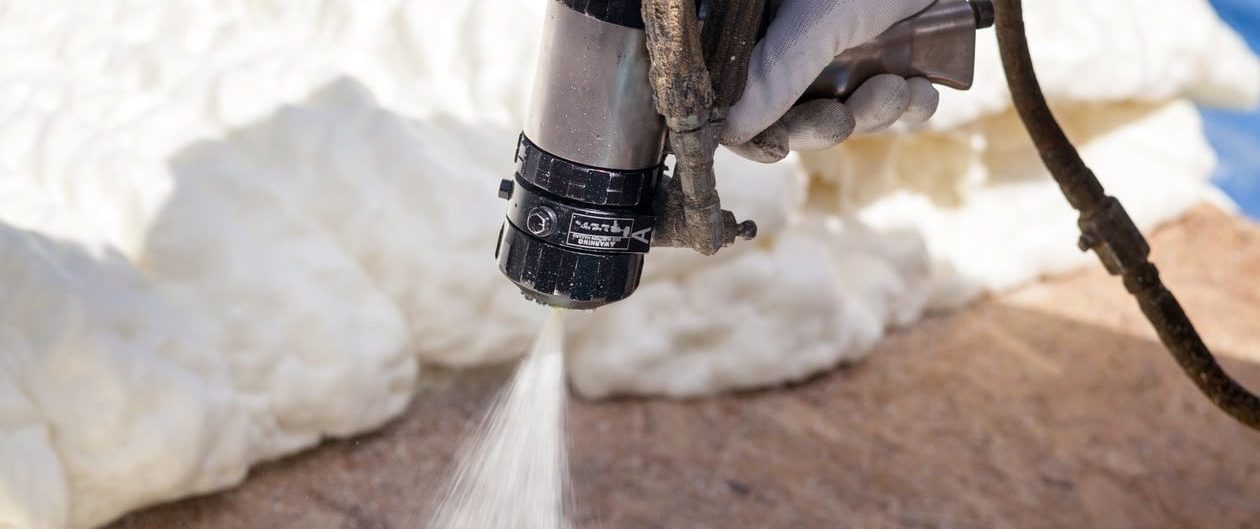Thursday, July 29th, 2021
Spray Polyurethane Foam Industry Transitions from HFC to HFO Technology

 In the words of Tom Shepherd, CEO of the Shepherd Material Science Company, “Businesses should exist to create value and brighten lives not only for customers but also the communities in which we work and live and society at large; that’s our view at Shepherd.”
In the words of Tom Shepherd, CEO of the Shepherd Material Science Company, “Businesses should exist to create value and brighten lives not only for customers but also the communities in which we work and live and society at large; that’s our view at Shepherd.”
You’ll find this core value woven through our products and partnerships in developing technologies that improve the safety and health of people and the environment. Sustainable building material is one area where Shepherd Chemical is proud to be making a difference.
Sustainable building materials are increasingly critical to protecting our environment by improving energy efficiency and reducing emissions. Spray polyurethane foam insulation has been contributing to these improvements for years as it allows for greater flexibility in application and usage, increased insulation values, water resistance, and lower operating costs for the building owner when compared to traditional insulation. A new and greener milestone is being realized within the spray foam industry in a move from HFC (hydrofluorocarbons) based blowing agents to HFOs (hydrofluoroolefins), reducing the global warming potential (GWP) from 1,000 times that of carbon dioxide to the equivalent of CO2, a GWP of 1.
To successfully achieve the reduction in GWP and optimize energy savings, spray polyurethane foam formulators are challenged with not only replacing the blowing agent but also reinventing complete formulation technology, particularly the catalyst package which has a significant impact on the rise profile, density and, dimensional stability of polyurethane foam. Traditional reactive amine and tin catalyst strategies do not meet the strict performance and EH&S requirements necessary for 4th generation blowing agents. Non-toxic bismuth-based polyurethane curatives, although previously less common in use, have been in the market since the 1980s and, just as spray foam chemistry evolved, so has the range and performance of bismuth catalysts. Working in collaboration with industry partners and spray foam manufacturers, Shepherd Chemical recognized the opportunity for BiCATs 8106, 8108, 8210, 8840, and 8842, designed to meet modern demands for reduced volatile organic compounds (VOC’s), hydrolytic stability, solubility, cold substrate adhesion and uniformity of application.
As the spray polyurethane foam industry transitions from HFC to HFO technology, Shepherd Chemical, and our BiCAT® catalysts are doing their part to ensure that spray foam is safe, environmentally friendly, and offers high-performance insulation value, and energy efficiency.
Interested in the BiCAT® products or our commitment to sustainability? Contact us and let us show you how we create value and brighten lives.